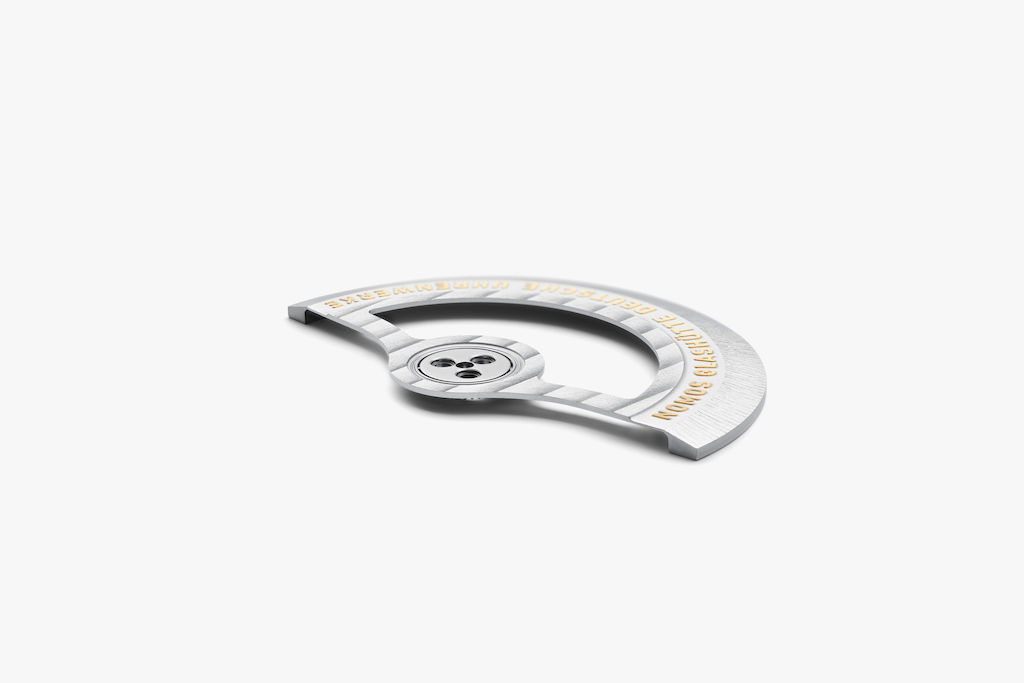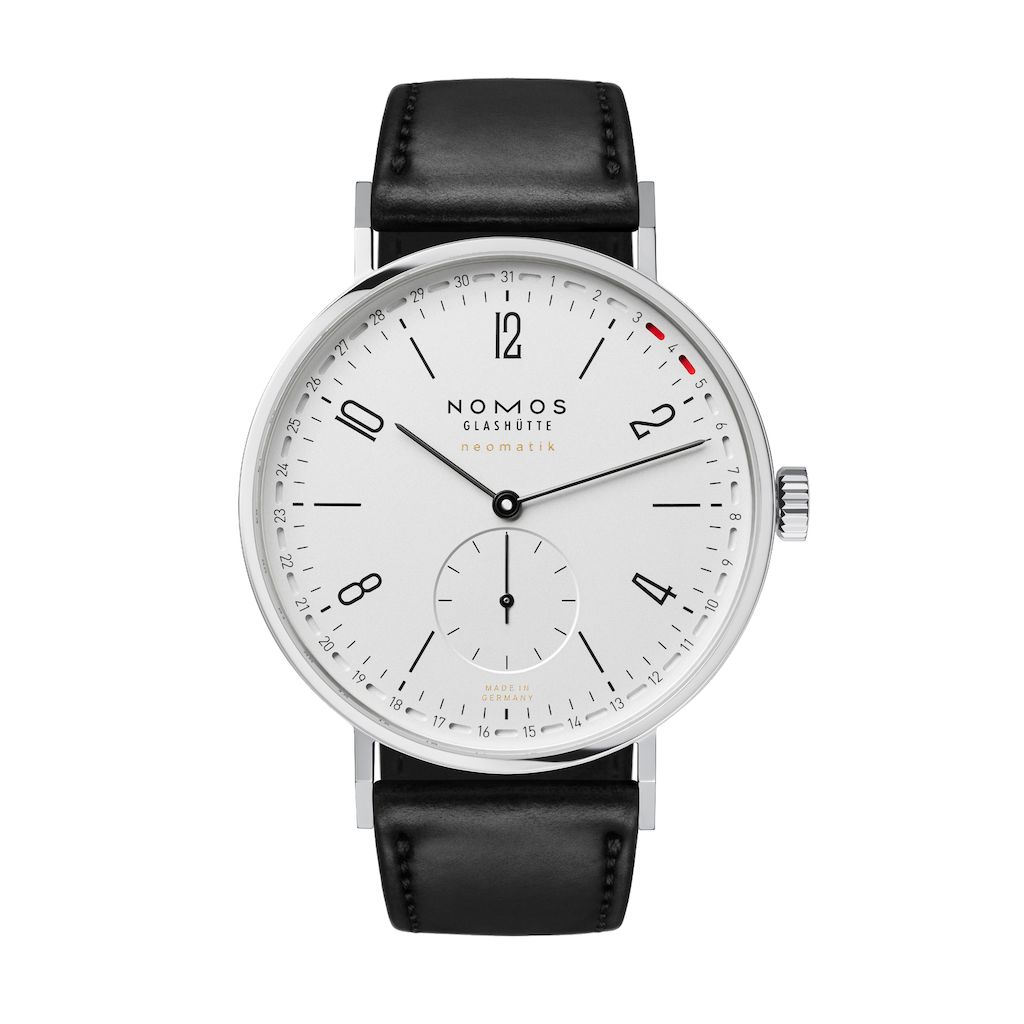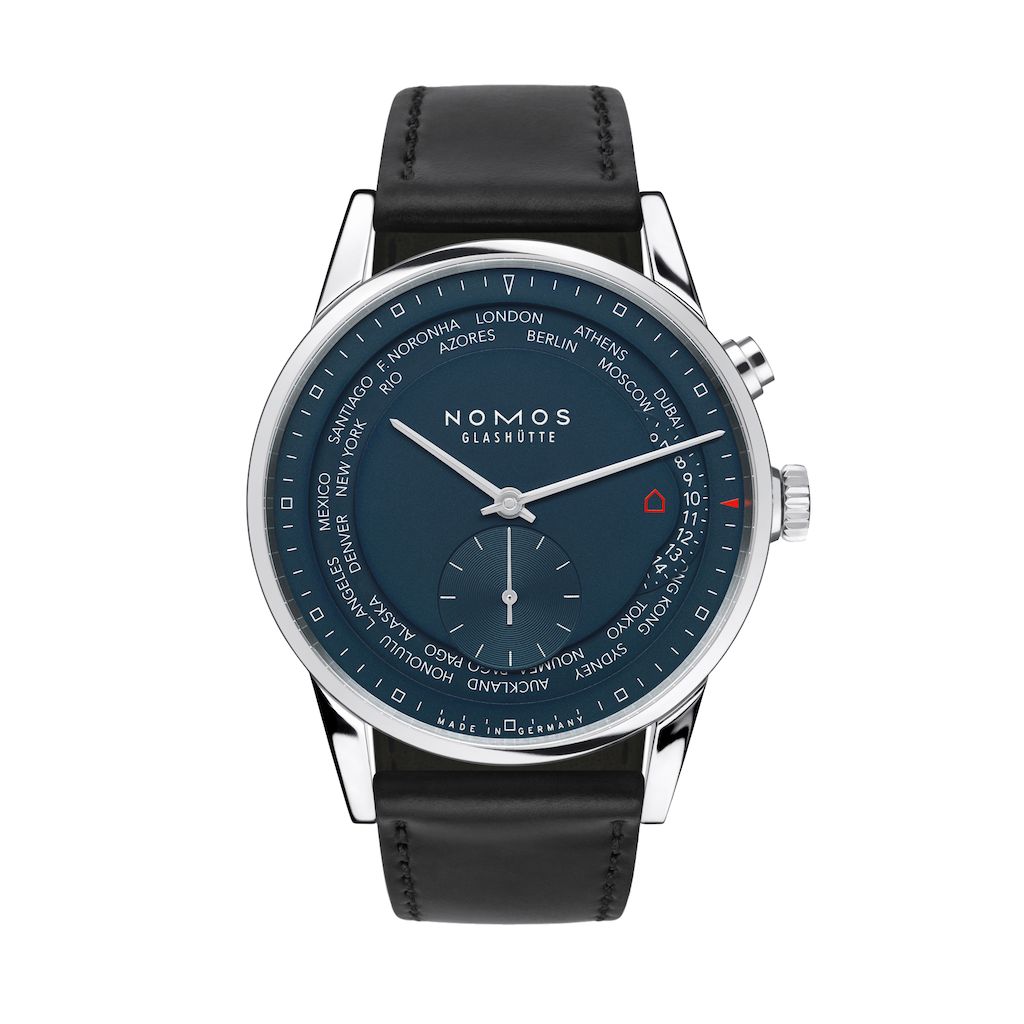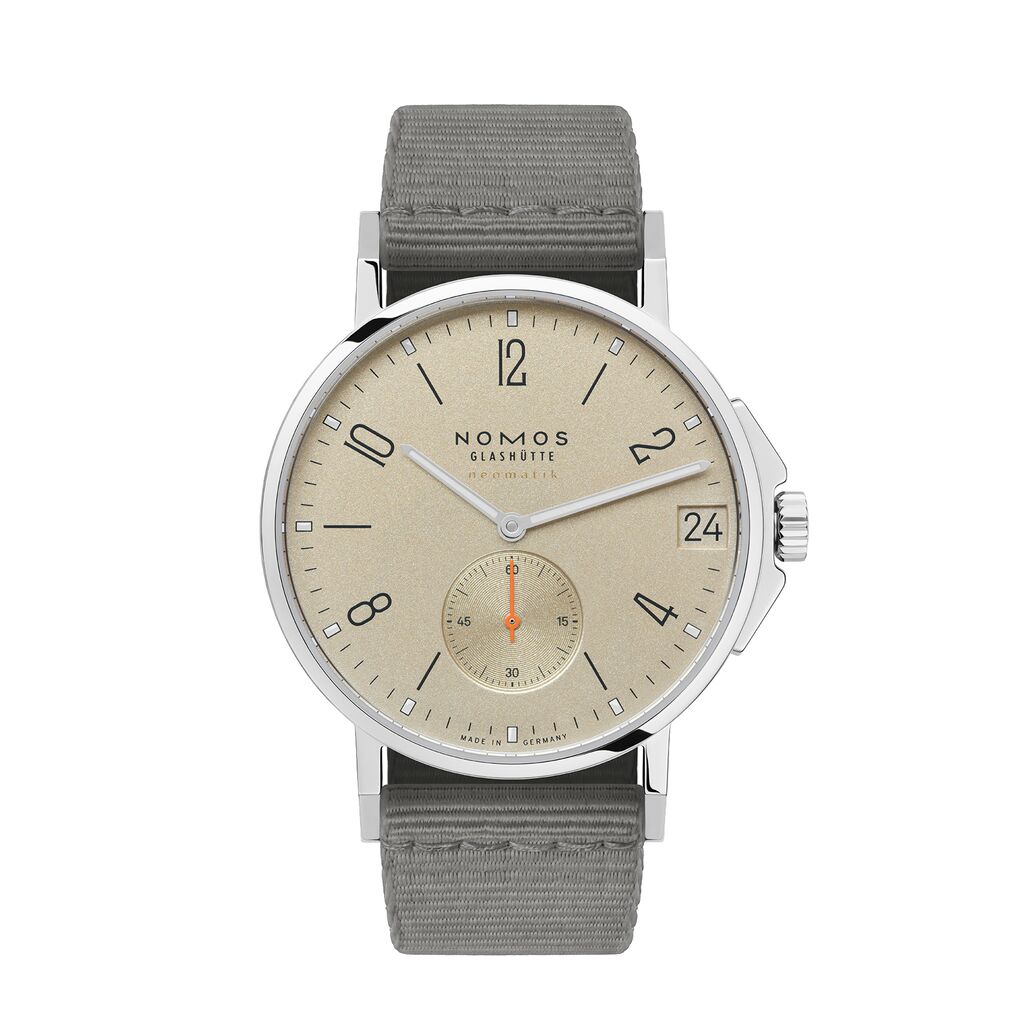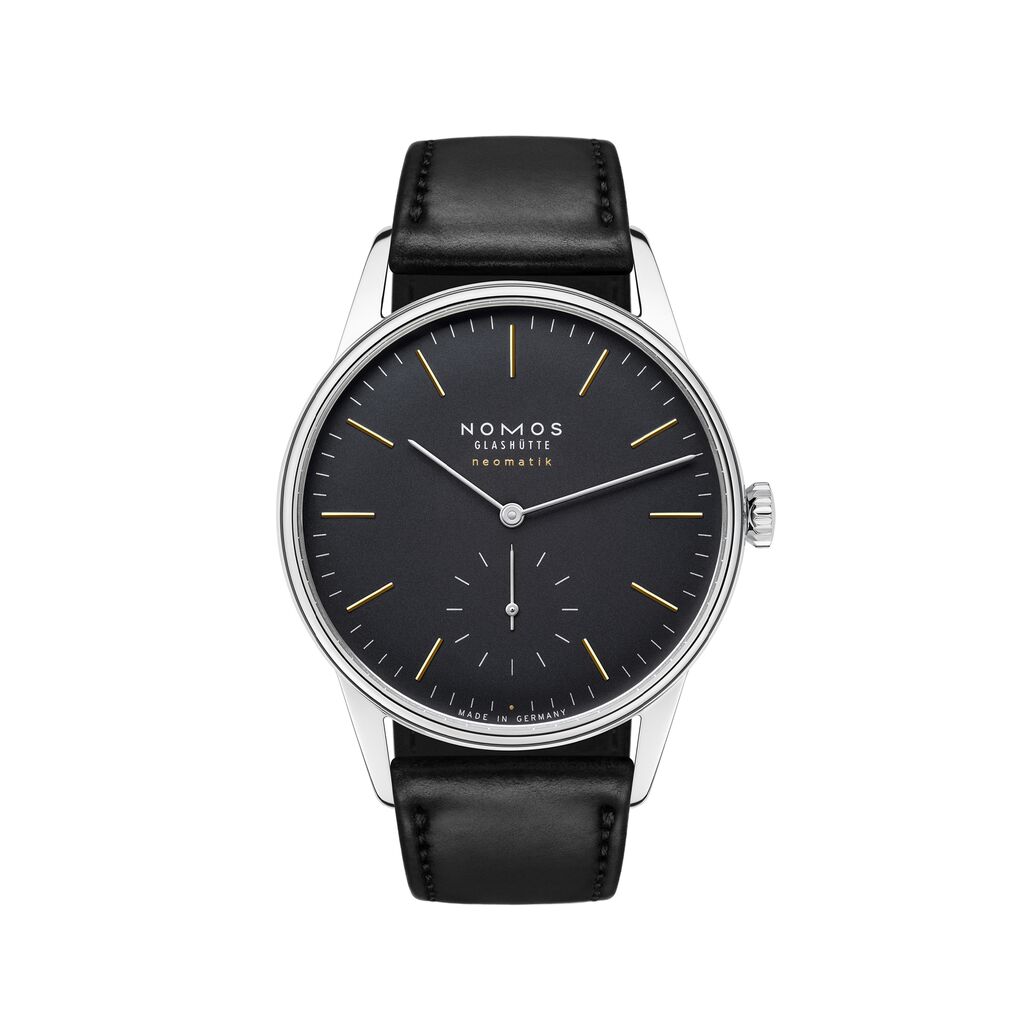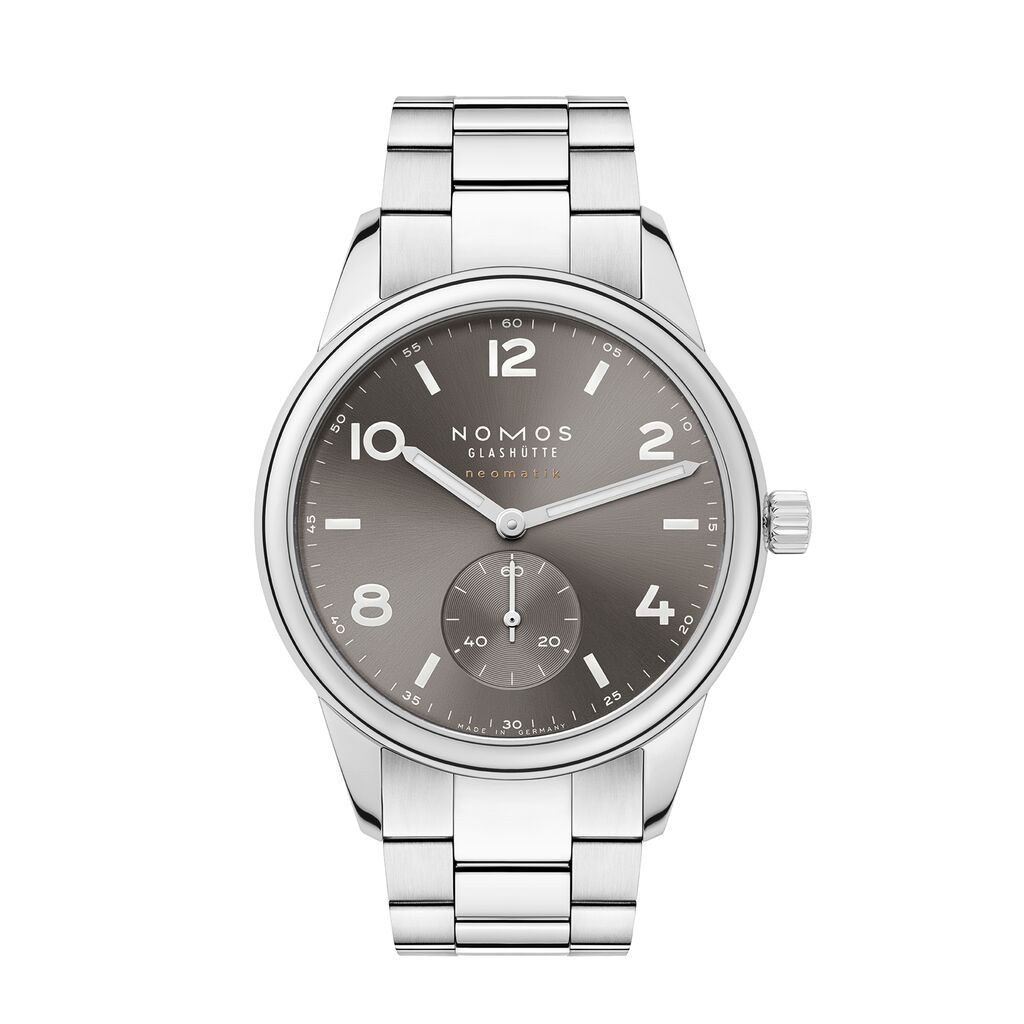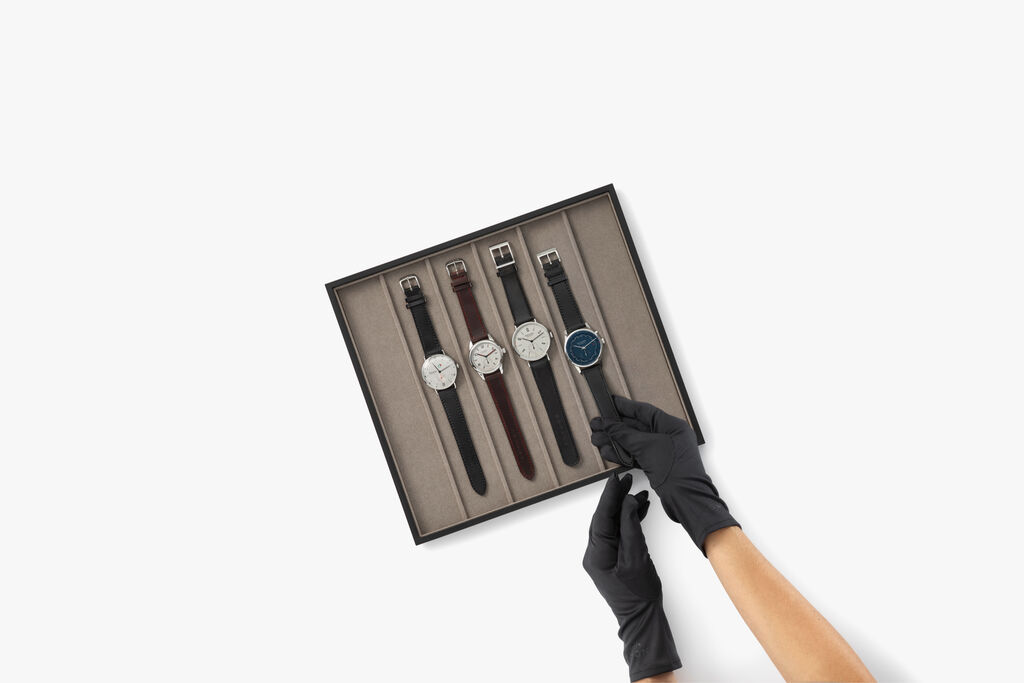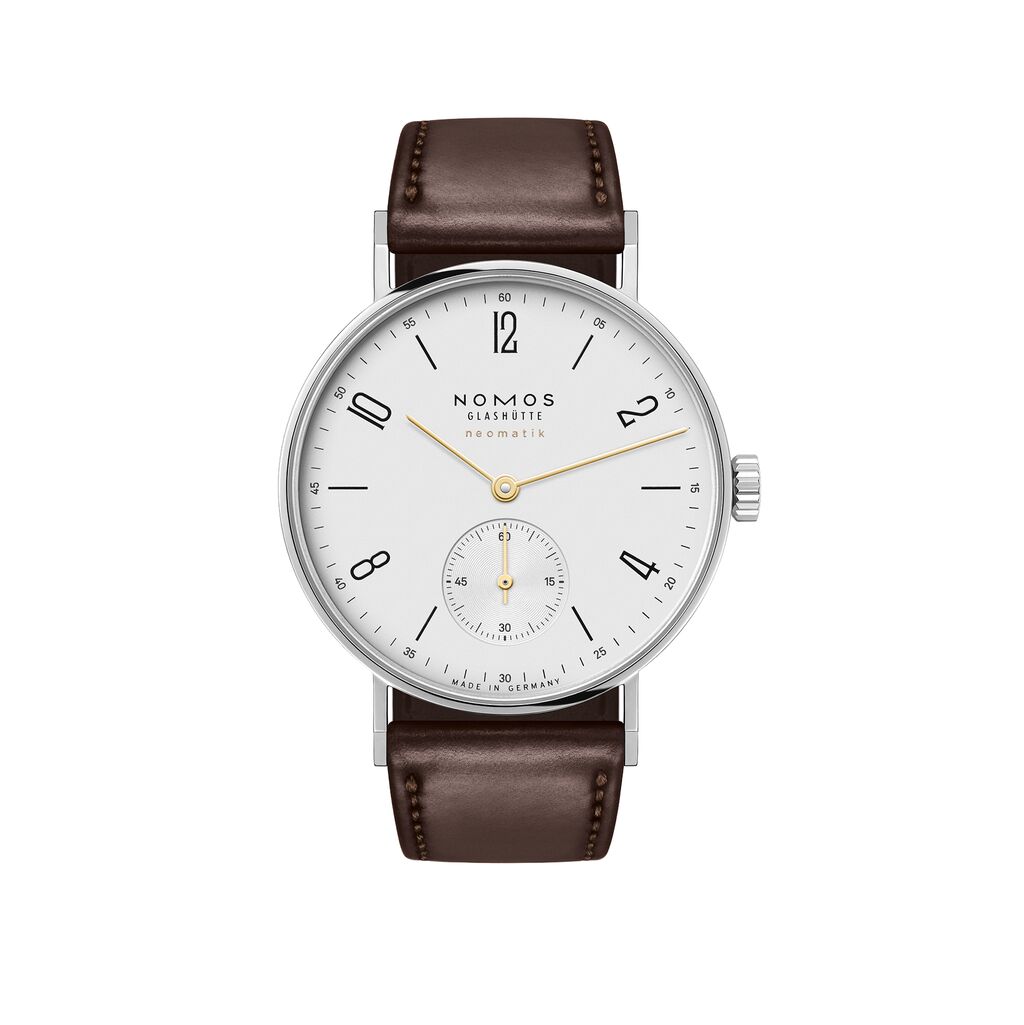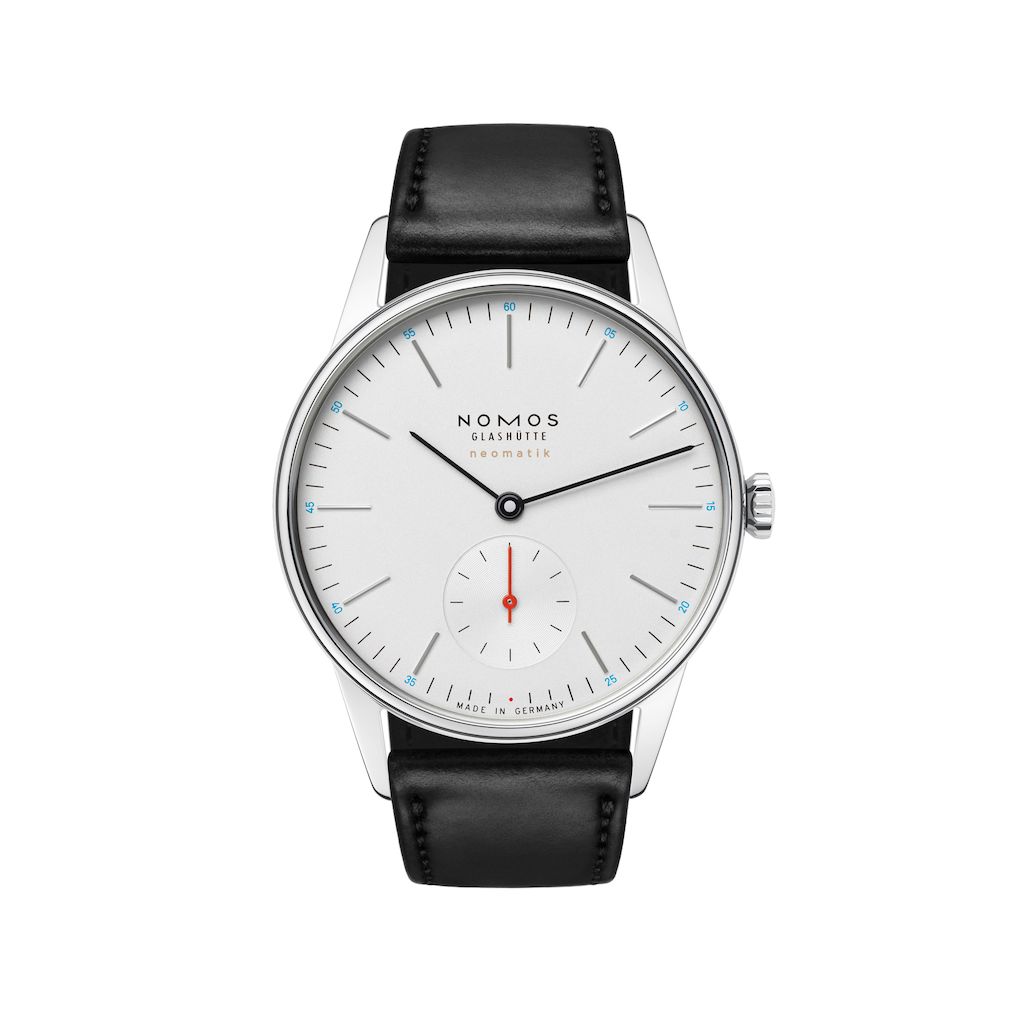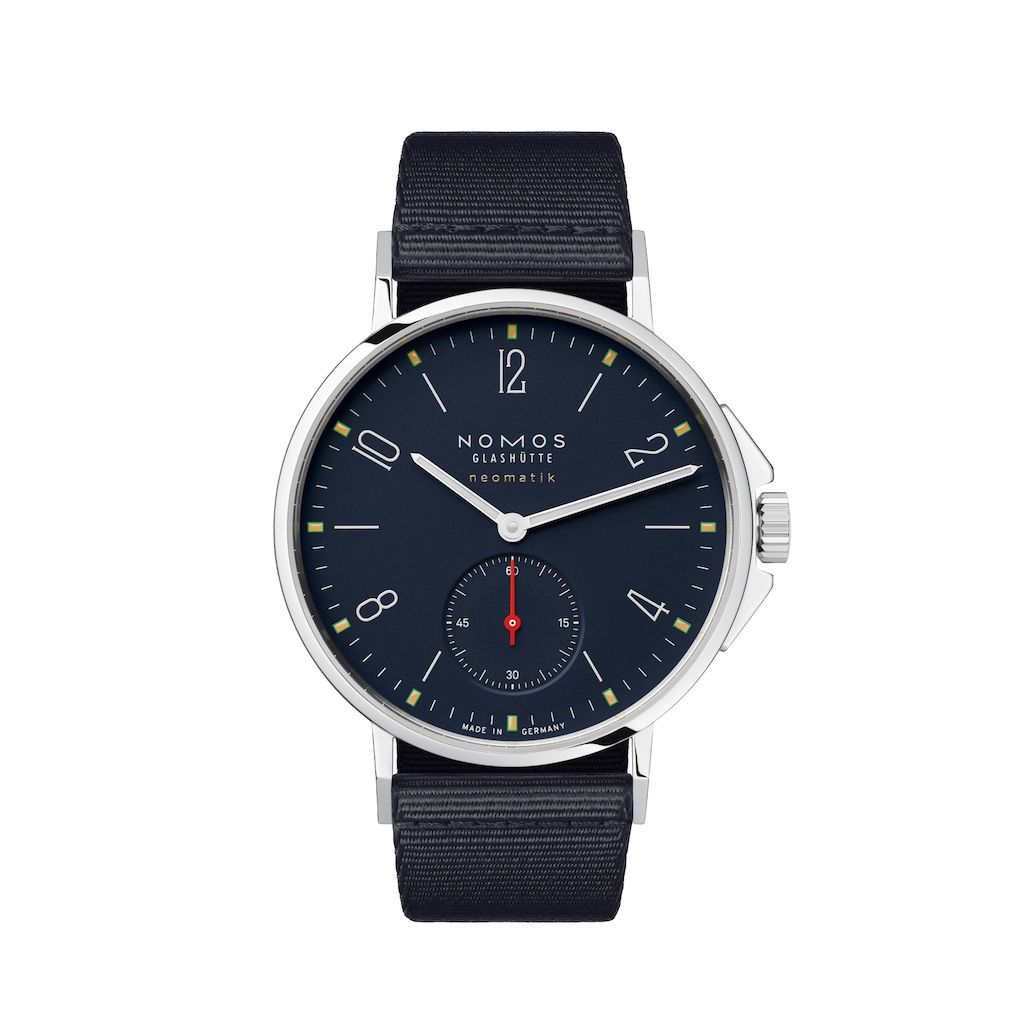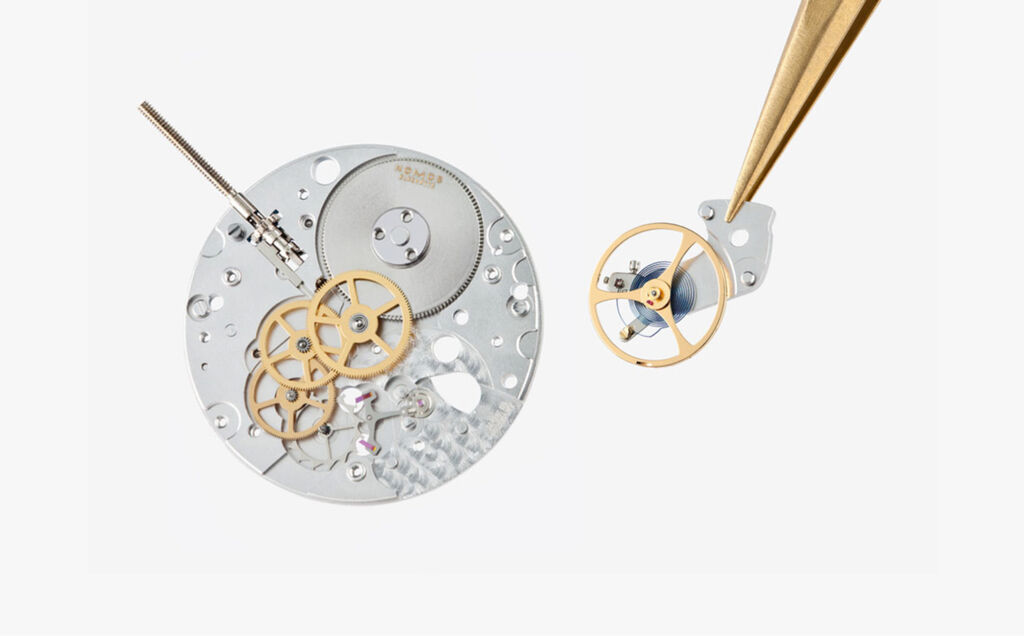What is an automatic watch?
Automatic watches are a popular choice when it comes to mechanical timepieces—and with good reason, since they are both convenient and elegant to use. A winding rotor in the mechanical movement swings back and forth when worn on the wrist. So regular wear means never having to worry about winding your watch again. These self-winding timepieces may be simple to use, but there are still plenty of things to learn. We’ve listed some of the most important points to know about watches with automatic movements below.
Functionality of an automatic watch
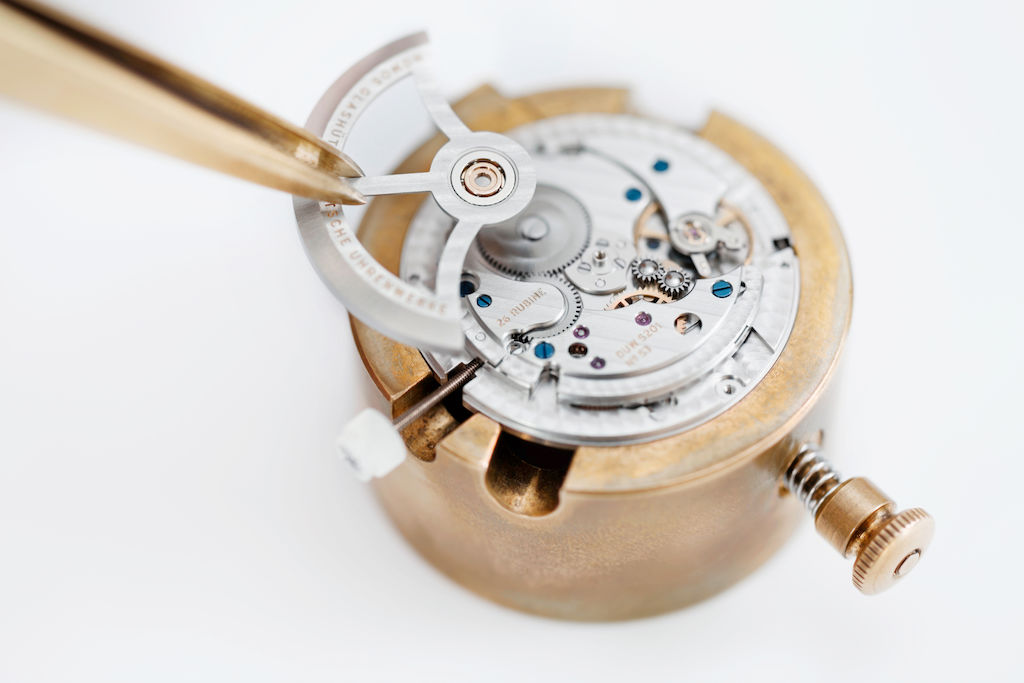
How do automatic watches work?
An automatic watch is powered by a mechanical caliber equipped with a winding rotor. The rotor is a weighted part of the caliber, usually placed on top, which generates the energy needed to power the watch. The motions of the watch wearer cause the winding rotor to swing back and forth. This energy is first transferred to the mainspring, which winds tight and saves the energy to create a power reserve. It is then slowly released to move the mechanism of the watch. It also doesn’t matter which direction the rotor moves in, as the automatic calibers from NOMOS Glashütte have a bidirectional winding rotor. That means that the winding rotor will generate energy, regardless of how the wearer moves their wrist. Whether it swings to the left or the right, a bidirectional winding rotor will generate energy for the watch it powers. By contrast, an unidirectional winding rotor only generates energy when moving in a certain direction. While this type of rotor will swing back and forth too, only one direction will add to the watch’s power reserve.
Watchfinder: find the perfect automatic watch for you
Find the perfect automatic watch online with our watchfinder. Here you can quickly and easily filter our models according to your taste. Size, shape, color - and much more. Click through to your favorite watch.
Is there a difference between automatic watches and mechanical watches?
Yes. The term “automatic” refers to how the caliber is wound, while “mechanical” refers to how the caliber is constructed. If the caliber is mechanical, it will consist entirely of components assembled by a trained watchmaker. A mechanical watch won’t have a battery or feature any kind of electronics. But there are two different sub-types of mechanical calibers—automatic and manual, also known as self-winding and hand-wound. These terms refer to how the mechanical caliber is powered, either by a winding rotor generating energy from the motion of the watch wearer or by the wearer winding the watch manually via the crown. To summarize: all automatic watches are mechanical, but not all mechanical watches are automatic.
Manual or hand-wound watches, for example, need to be wound by the wearer regularly, usually by turning the crown. This manual action has the same function as the winding rotor swinging in an automatic watch, namely tightening the mainspring to increase the power reserve.
What is the difference between automatic watches and quartz watches?
In short: the movement within. As its name suggests, a quartz watch has a battery-powered quartz movement. This type of movement is powered by the battery sending an electrical current through the quartz, causing vibration pulses.
By contrast, automatic watches contain no batteries—since they are powered by the stored energy generated by the motions of the wearer’s wrist. Instead of a new silver oxide battery every couple of years, an occasional servicing by a trained watchmaker is all you need. Furthermore, unlike most quartz watches, every single part of a mechanical watch can be repaired. This means that they are one of the most sustainable products out there, since a well-cared for automatic watch will keep working for a lifetime or more. By contrast, the electronics in a quartz watch can often not be repaired—meaning if the watch breaks, it simply needs to be replaced.
Is it possible to wind an automatic watch by hand?
Yes, it is! If your automatic watch hasn’t been worn for a few days, it may need a few turns of the crown to get it ticking again. Then wearing the watch on the wrist will do the rest, as the winding rotor can take over this function. Unlike a manual caliber, with an automatic caliber you will not notice a clear point of resistance while winding by hand—but there is practically no risk of overwinding the mainspring if you only use the crown to do so. Should you wish to have your automatic watch fully wound at all times, even when you’re not wearing it, we would recommend investing in a watch winder. These can be programmed to simulate wearing while your watch is waiting for its next moment on your wrist.
How long can you leave an automatic watch without wearing it?
An automatic watch can wait a long time between wearing with no ill effects. As long as it is stored in a safe place—away from moisture and direct sunlight—it will be as good as new the next time you decide to wear it. The power reserve can be refilled once the watch is back on the wrist. If you wait longer than a year between wearing, it may be worth checking the water resistance of your timepiece with a watchmaker; otherwise, you’re good to go!
Advantages of an automatic watch
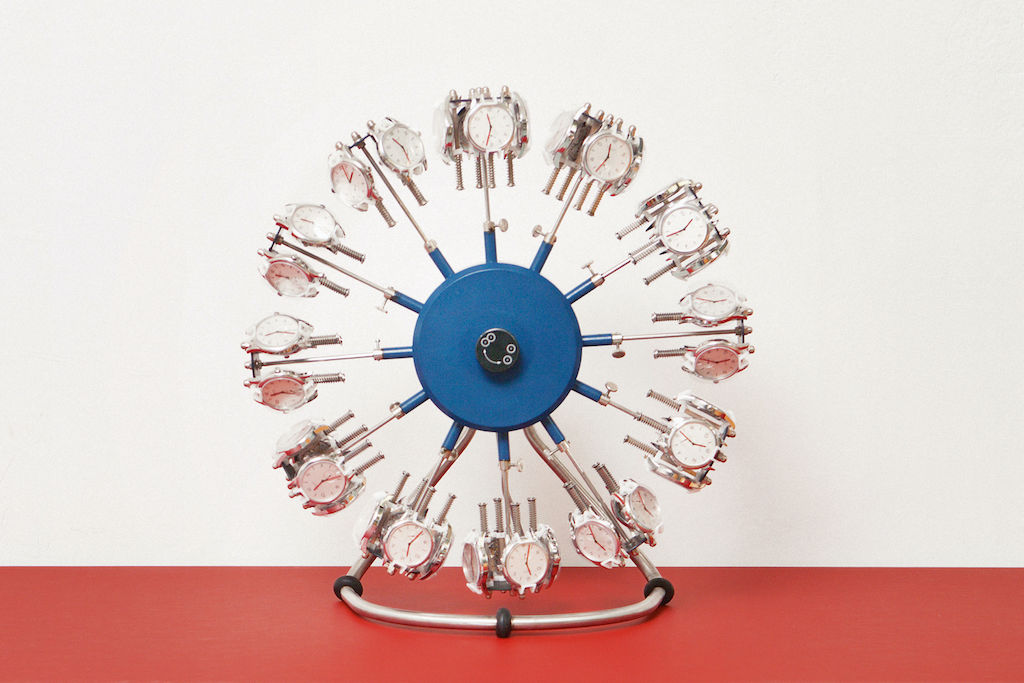
Why choose an automatic watch?
An automatic watch offers two advantages at once: An elegant mechanical caliber that also conveniently powers itself. The self-winding rotor means that if it is worn regularly, an automatic timepiece will keep itself ticking and doesn’t need to be rewound by hand. Which is one less thing to worry about! Unlike battery-powered watches, it can also never run “flat”—if the power reserve is empty after a few days of not being worn, a few turns of the crown are all it takes to get an automatic watch ticking again. As such, it is also a highly sustainable product, built to last a lifetime (at least).
How do I find the best automatic watch for me?
When it comes to selecting the right timepiece for your wrist, considering the dimensions and functionality you are looking for is crucial. Typically, automatic watches are larger and thicker than watches with hand-wound calibers. That is because the rotor is often placed on top of the movement, adding to its bulk. If you are looking for a large and robust sports watch, there are many automatic timepieces to choose from. If you are looking for something a slender and elegant watch, however, the choice becomes more limited. At NOMOS Glashütte, we have developed the neomatik caliber—a new generation of automatic movement that is both ultra-thin and highly accurate. The watches it powers come in several different sizes to suit a wide range of wrists.
Top 3 selected: Best automatic watches
Admittedly, it's hard for us to choose—but we’ve managed to curate a small selection of our automatic tool watches, elegant automatic watches and automatic watches for women or smaller wrists below. Even though we have much more to offer, of course. Like all our timepieces, these are developed and produced in Glashütte, Germany.
Automatic tool watches
Elegant automatic watches
Automatic watches for women or smaller wrists
Accuracy of an automatic watch
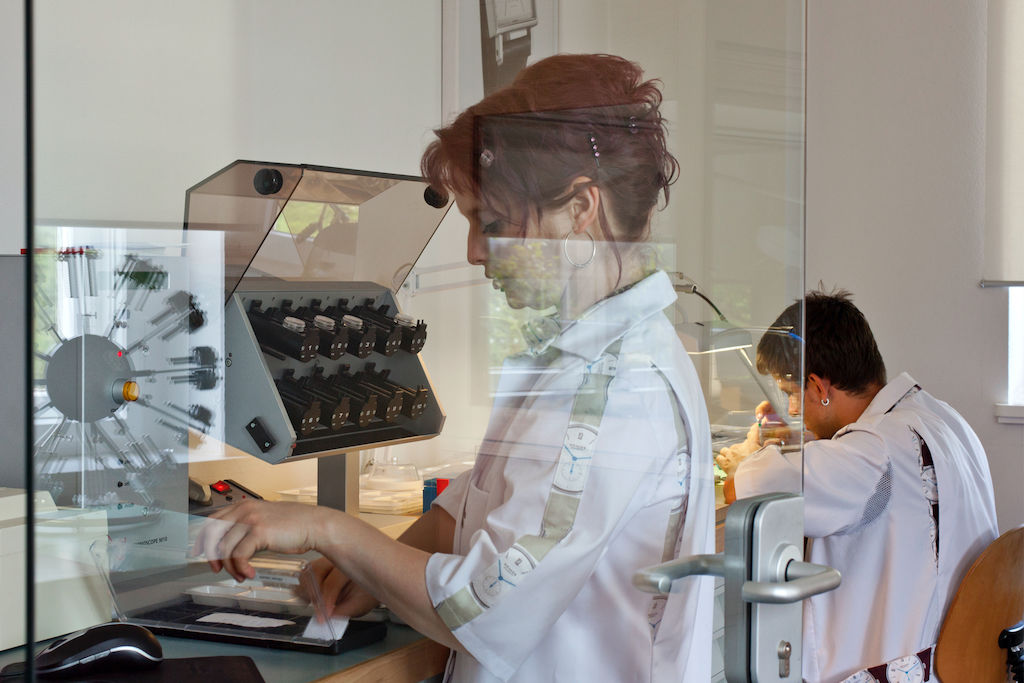
How accurate are automatic watches?
Mechanical watches always exhibit an element of tolerance as far as accuracy is concerned. This depends on the way a timepiece is worn, for example. Variations in temperature and air pressure, minor jolts and irregular winding can also have an influence.
Learn more about the accuracy of mechanical watches.
What makes an automatic watch accurate?
Like all mechanical watches, the accuracy of an automatic watch is largely determined by the precision of its caliber—specifically the pace-setting part, known as the escapement.
Learn more about the caliber.
Longevity of an automatic watch

Can automatic watches be repaired?
A well-made automatic watch can be maintained indefinitely. All mechanical calibers, whether automatic or manual, require occasional servicing by a watchmaker. If this is done regularly, a mechanical watch should work reliably for a lifetime. During these inspections, worn parts are replaced and the watch oil lubricating the mechanism is refreshed. As automatic watches are powered by calibers comprising of many individual parts, these can be exchanged as required—meaning that automatic watches can nearly always be repaired and brought back to full working order.
How do I take care of my automatic watch?
The care instructions for an automatic watch are relatively simple—and certainly no more complex than for any other mechanical timepiece. General care advice would be to keep it away from strong magnetic fields and charging electronics. Bear the water resistance of your watch in mind; if its resistance is 5 atm or less, it will not fare well in water.
Automatic watches are designed to be worn daily; if you plan to wear your automatic watch less often, you may want to invest in a watch winder to keep it ticking while not on the wrist. Otherwise, a few turns of the crown before putting it back on will suffice. Like all mechanical watches, you should have your automatic timepiece serviced once every five years.
Here are five tips for keeping your automatic watch working at its best:
- Make sure your watch doesn’t suffer any knocks or hard impacts
- Don’t use the crown or pushers while in water
- Be minimal with manual winding; a few turns of the crown should be enough
- Store your watch safely when not in use
- Have your watch serviced once every five years
Automatic Watches from NOMOS Glashütte
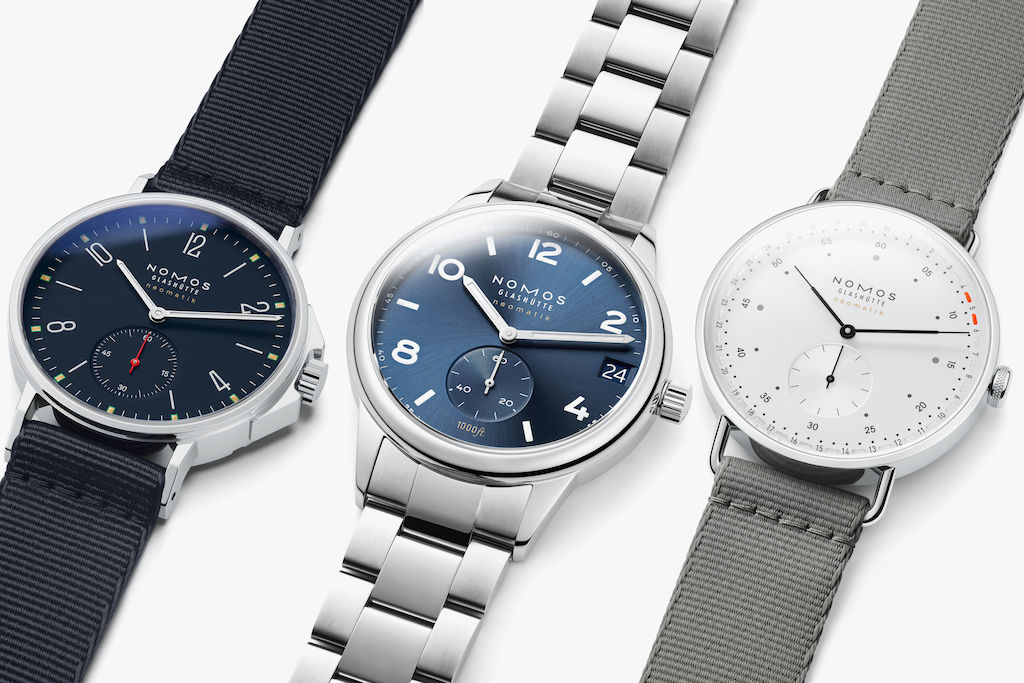
What is special about NOMOS automatic watches and calibers?
At NOMOS Glashütte, we are proud to produce all our watches and calibers in-house—which is rare in the world of fine watchmaking. In 2005, we presented our first automatic caliber Epsilon and with it, gained the status of manufactory. All our calibers, both automatic and manual, feature many traditional characteristics of Glashütte watchmaking: Glashütte ribbing and sunburst polishing, blued screws, and a three-quarter plate, to name just a few. Furthermore, we only use high-quality materials to craft our watches and calibers: sapphire crystal glass, surgical-grade steel and Horween Genuine Shell Cordovan leather. All these attributes come together to create fine timepieces, powered by mechanical calibers and made to last. In other words, something very special indeed.
Learn more about watchmaking at NOMOS Glashütte.
Why choose an automatic watch from NOMOS Glashütte?
A special feature of our automatic timepieces is that the winding rotor is crafted from a single piece of metal. With its relatively large radius and a reverse angle of 10 degrees, the NOMOS winding rotor is highly efficient. This part can be seen through the sapphire crystal glass back of an automatic watch from NOMOS Glashütte.
Another useful feature of our automatic watches: To make sure that the mainspring does not experience too much wear and tear—which is a common issue with automatic movements—the winding rotor and its weight are adjusted very precisely to match the mainspring’s tension.
